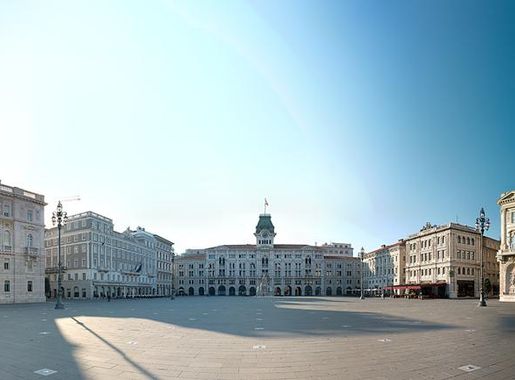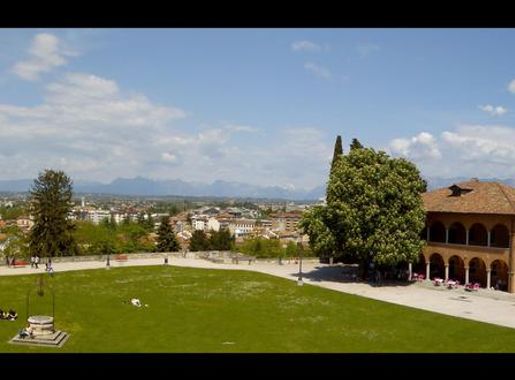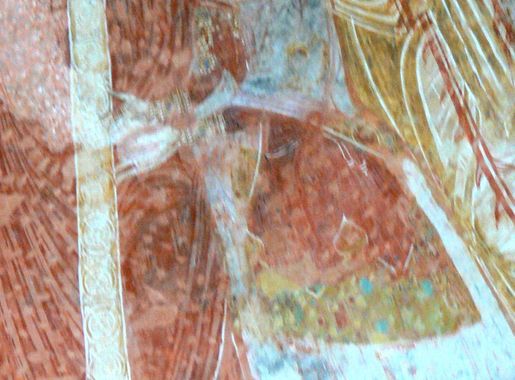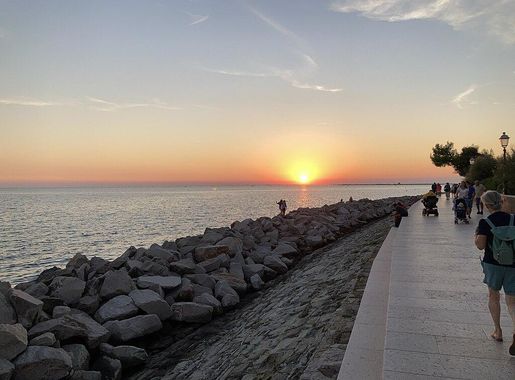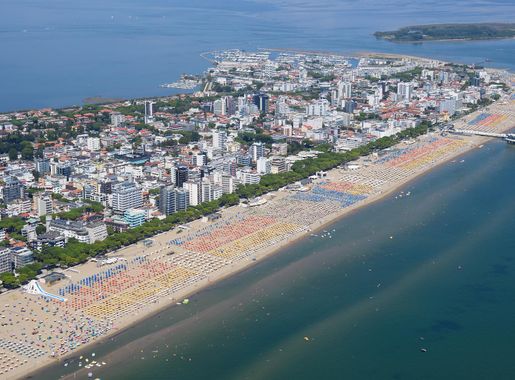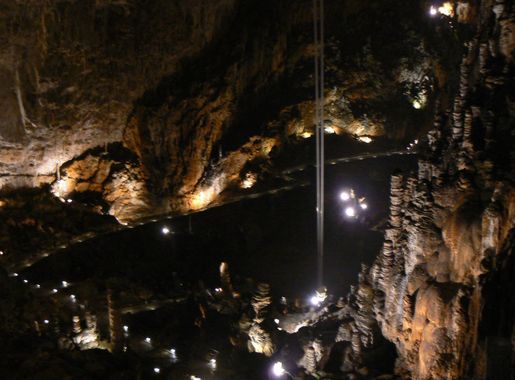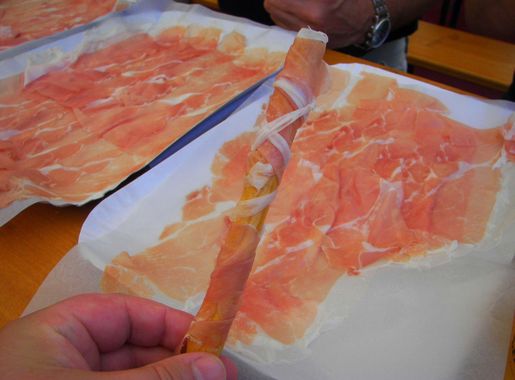
Friuli-Venezia Giulia: Italy's Hidden Gem
Discover Friuli-Venezia Giulia: A blend of Italian, Slavic, and Austrian cultures, stunning landscapes from the Adriatic coast to the Dolomites, and exquisite local cuisine and wines.
Friuli-Venezia Giulia, nestled in Italy's northeastern corner, offers a unique blend of cultures, landscapes, and history. This region is a crossroads where Italian, Slavic, and Austrian influences merge, creating a rich tapestry of traditions, architecture, and cuisine. From the stunning Adriatic coastline to the rugged peaks of the Dolomites, Friuli-Venezia Giulia boasts diverse natural beauty that caters to beach lovers, hikers, and nature enthusiasts alike. The capital city, Trieste, is a charming port city with a fascinating past. Its grand squares, historic cafes, and beautiful seafront make it a delightful place to explore. Don't miss the Miramare Castle, perched on a cliff overlooking the sea, and the ancient Roman theater that speaks to the city's storied past. Another gem is Udine, with its Venetian-style piazzas, elegant palaces, and the impressive Udine Castle, offering panoramic views of the city. Food and wine are integral to the Friuli-Venezia Giulia experience. The region is renowned for its prosciutto di San Daniele, creamy frico cheese, and exquisite white wines, particularly the crisp and aromatic Friulano. Wine routes wind through picturesque vineyards, inviting visitors to sample local vintages and savor regional delicacies. The region's culinary offerings are a reflection of its diverse cultural influences, making every meal an adventure. For those seeking outdoor activities, the region's natural parks, lakes, and mountains provide a playground for hiking, skiing, and cycling. The Julian Alps and the Dolomites offer breathtaking scenery and a range of trails for all levels of adventurers. The coastal areas, including the beach town of Lignano Sabbiadoro, offer sun, sand, and water sports. Whether you're exploring medieval villages, indulging in gourmet experiences, or embarking on outdoor adventures, Friuli-Venezia Giulia promises an unforgettable journey.
Local tips in Friuli-Venezia Giulia
- Visit Trieste's historic cafes, such as Caffè San Marco, to experience the city's literary heritage.
- Explore the wine routes in the Collio region for wine tasting and vineyard tours.
- Try the local specialty, frico, a cheese and potato dish, in a traditional trattoria.
- Take a day trip to the stunning Lake Fusine, known for its crystal-clear waters and scenic hiking trails.
- Check local festivals and events, such as the Barcolana Regatta in Trieste, for a unique cultural experience.
Friuli-Venezia Giulia: Italy's Hidden Gem
Friuli-Venezia Giulia, nestled in Italy's northeastern corner, offers a unique blend of cultures, landscapes, and history. This region is a crossroads where Italian, Slavic, and Austrian influences merge, creating a rich tapestry of traditions, architecture, and cuisine. From the stunning Adriatic coastline to the rugged peaks of the Dolomites, Friuli-Venezia Giulia boasts diverse natural beauty that caters to beach lovers, hikers, and nature enthusiasts alike. The capital city, Trieste, is a charming port city with a fascinating past. Its grand squares, historic cafes, and beautiful seafront make it a delightful place to explore. Don't miss the Miramare Castle, perched on a cliff overlooking the sea, and the ancient Roman theater that speaks to the city's storied past. Another gem is Udine, with its Venetian-style piazzas, elegant palaces, and the impressive Udine Castle, offering panoramic views of the city. Food and wine are integral to the Friuli-Venezia Giulia experience. The region is renowned for its prosciutto di San Daniele, creamy frico cheese, and exquisite white wines, particularly the crisp and aromatic Friulano. Wine routes wind through picturesque vineyards, inviting visitors to sample local vintages and savor regional delicacies. The region's culinary offerings are a reflection of its diverse cultural influences, making every meal an adventure. For those seeking outdoor activities, the region's natural parks, lakes, and mountains provide a playground for hiking, skiing, and cycling. The Julian Alps and the Dolomites offer breathtaking scenery and a range of trails for all levels of adventurers. The coastal areas, including the beach town of Lignano Sabbiadoro, offer sun, sand, and water sports. Whether you're exploring medieval villages, indulging in gourmet experiences, or embarking on outdoor adventures, Friuli-Venezia Giulia promises an unforgettable journey.
When is the best time to go to Friuli-Venezia Giulia?
Iconic landmarks you can’t miss
Miramare Castle
Explore the breathtaking beauty and rich history of Miramare Castle, a stunning gem overlooking the Adriatic Sea in Trieste.
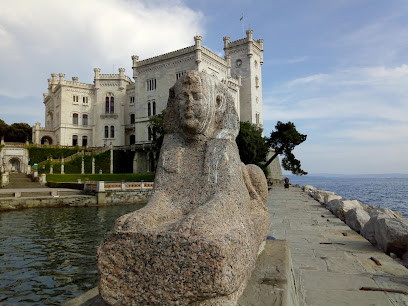
Stadio Friuli
Experience the thrill of live sports and events at Stadio Friuli, a premier stadium in Udine known for its modern design and vibrant atmosphere.
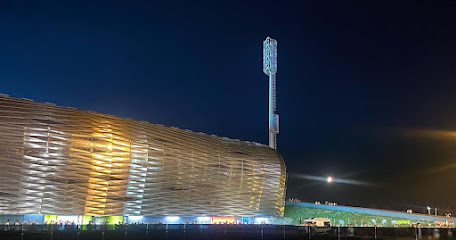
Grotta Gigante
Explore Grotta Gigante, one of the world's largest caves near Trieste, Italy, featuring stunning stalactites, stalagmites, and breathtaking underground landscapes.
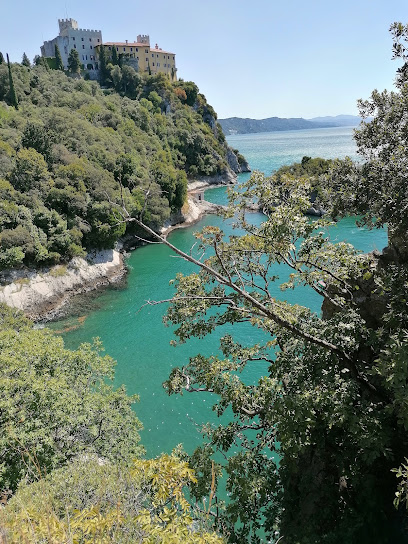
Udine Castle
Discover Udine Castle: A stunning historical landmark offering breathtaking views and rich cultural heritage in the heart of Friuli-Venezia Giulia.

Basilica di Santa Maria Assunta
Explore the Basilica di Santa Maria Assunta in Aquileia, a stunning UNESCO World Heritage site with exquisite mosaics and rich early Christian history.
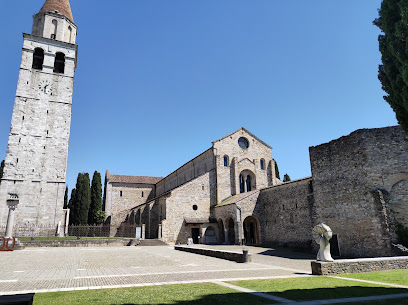
Duino Castle / Devinski Grad
Explore the rich history and breathtaking views at Duino Castle, a stunning gem overlooking the Adriatic Sea in Italy.
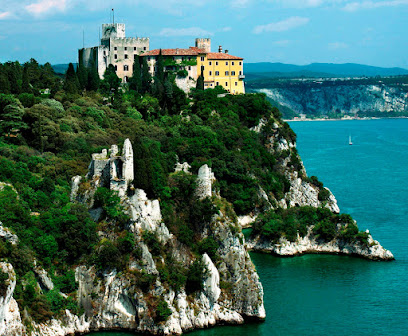
Castello di San Giusto
Explore the historical and architectural wonder of Castello di San Giusto, a must-see castle in Trieste with stunning views and rich heritage.
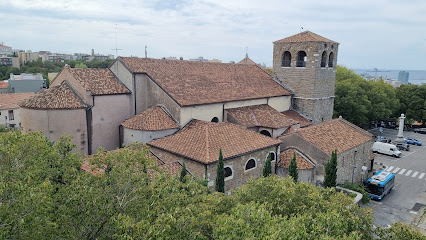
Source of the Gorgazzo
Discover the mesmerizing beauty of the Source of the Gorgazzo, a natural spring in Polcenigo, offering serene landscapes and enchanting waters for every traveler.

Gorizia Castle
Discover Gorizia Castle, a historical gem with stunning views, rich heritage, and engaging exhibits that bring the past to life in Italy.
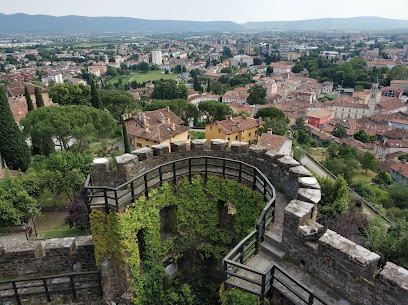
Val Rosandra Nature Reserve
Discover the enchanting landscapes and diverse ecosystems of Val Rosandra Nature Reserve in the Province of Trieste, Italy, a paradise for outdoor enthusiasts.
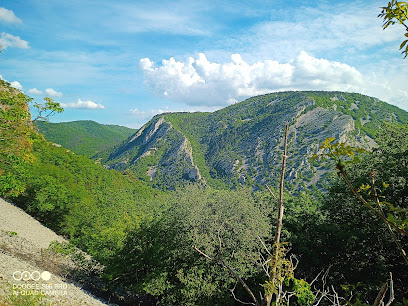
Sanctuary of Monte Lussari
Discover the breathtaking Sanctuary of Monte Lussari, a spiritual and cultural gem nestled in the stunning mountains of Tarvisio, Italy.
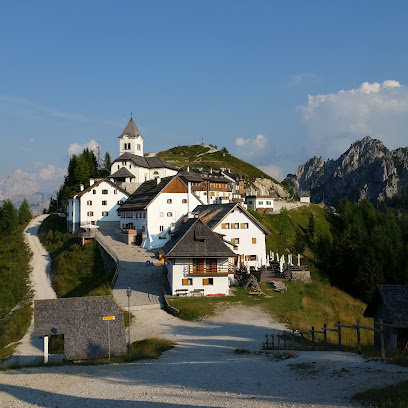
Parco Naturale Dolomiti Friulane
Explore Parco Naturale Dolomiti Friulane, a breathtaking country park in Italy, showcasing stunning landscapes, rich biodiversity, and unforgettable outdoor adventures.

Military Memorial Redipuglia
Explore the profound history at Military Memorial Redipuglia, a solemn tribute to the sacrifices of World War I soldiers in Italy's picturesque countryside.
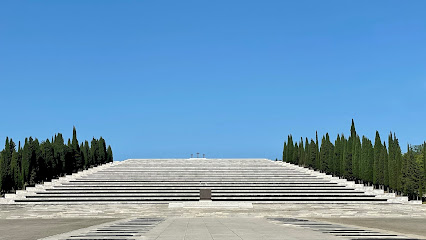
Canal Novo Valley Nature Reserve
Explore the serene landscapes of Canal Novo Valley Nature Reserve, a haven for nature lovers and birdwatchers in Marano Lagunare, Italy.
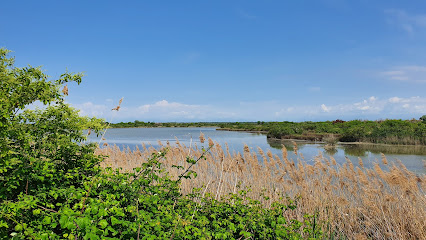
Forte di Osoppo/Fuart di Osôf
Explore the majestic Forte di Osoppo in Udine, a historical fortress offering breathtaking views and rich military history, perfect for every traveler.
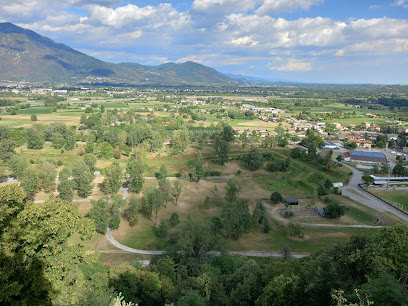
Unmissable attractions to see
Unity of Italy Square
Explore Unity of Italy Square, Trieste's stunning waterfront gem, rich in history, architecture, and vibrant local culture.

Miramare Castle
Explore the historic beauty of Miramare Castle in Trieste, a stunning castle surrounded by lush gardens and breathtaking Adriatic views.
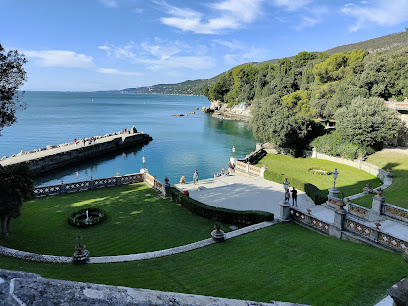
Grotta Gigante
Explore the breathtaking Grotta Gigante, one of the world's largest caves, showcasing stunning geological formations near Trieste, Italy.
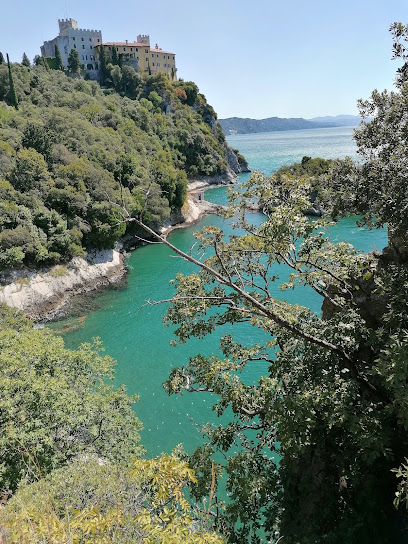
Basilica di Santa Maria Assunta
Discover the historic Basilica di Santa Maria Assunta in Aquileia, a UNESCO World Heritage site filled with stunning mosaics and rich early Christian heritage.
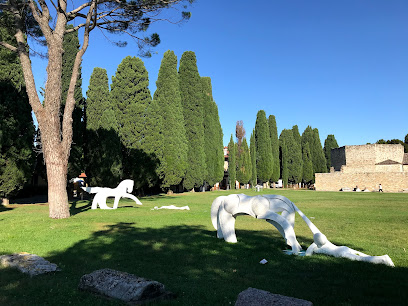
Rilke trail / Pešpot Rilke
Experience the stunning Rilke Trail in Duino, Italy, where breathtaking coastal views and lush nature combine for an unforgettable hiking adventure.
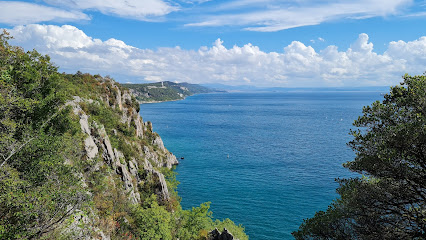
Castello di San Giusto
Discover the historical significance and breathtaking views at Castello di San Giusto, a must-see fortress in Trieste's cultural landscape.
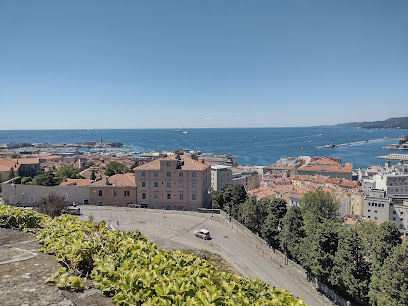
House of Bordano Butterfly
Discover the enchanting House of Bordano Butterfly, a vibrant sanctuary of butterflies and exotic plants in the heart of Italy's picturesque landscapes.
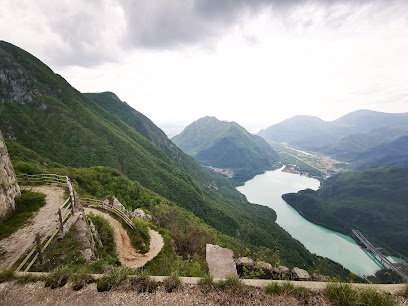
Riserva Naturale Regionale del Lago di Cornino
Explore the serene landscapes of Riserva Naturale Regionale del Lago di Cornino, a birdwatcher's paradise in the heart of the Province of Udine.
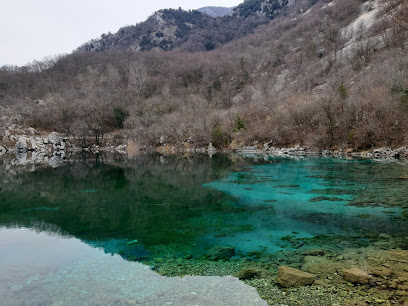
Parco Naturale Dolomiti Friulane
Discover the breathtaking beauty of Parco Naturale Dolomiti Friulane, a paradise for nature lovers and adventure seekers in the heart of Italy.
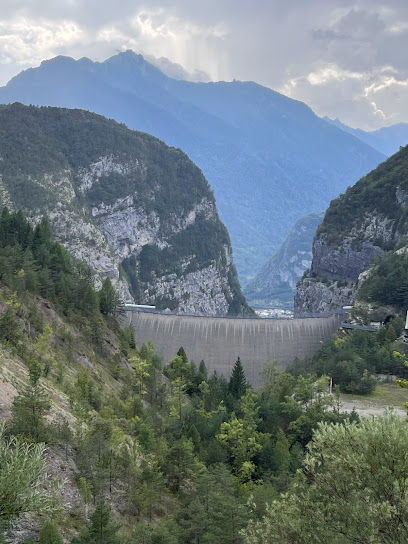
Nature Oasis Of Quadris
Explore the breathtaking Nature Oasis of Quadris, a serene preserve in Fagagna, Italy, where nature lovers can unwind and connect with the wild.
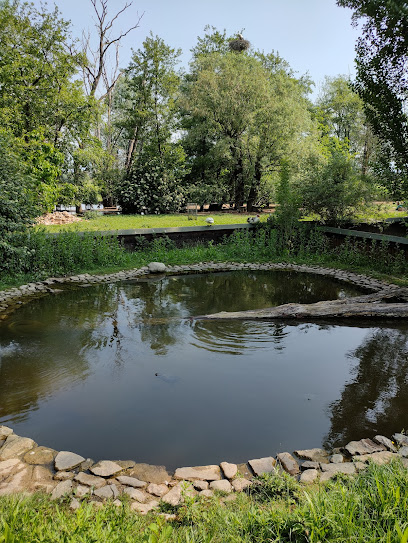
Crosis waterfall
Experience the beauty of Crosis Waterfall, a stunning natural attraction in Ciseriis, Italy, perfect for nature lovers and adventure seekers.
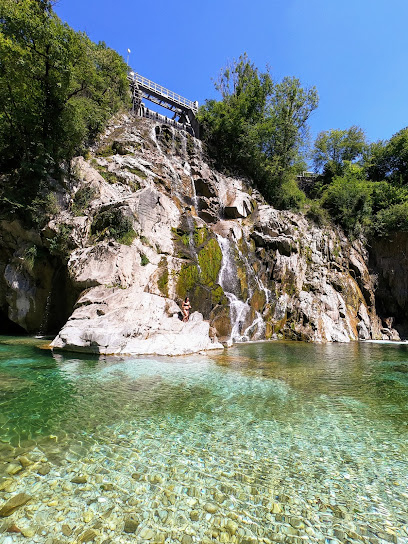
Forte di Osoppo/Fuart di Osôf
Explore the historic Forte di Osoppo, a stunning fortress in Italy that offers breathtaking views and rich cultural heritage.
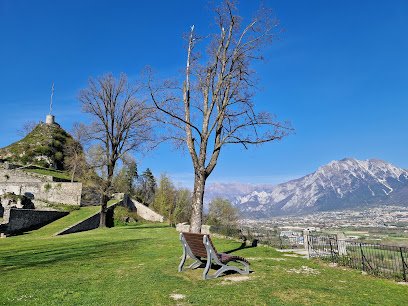
Gemona Castle
Explore Gemona Castle, a stunning medieval fortress offering breathtaking views and a glimpse into Italy's rich history.
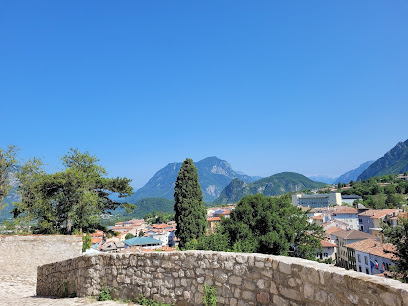
Park of the Lakes of Rorai
Experience the serene beauty of the Park of the Lakes of Rorai, a tranquil oasis in Pordenone perfect for relaxation and outdoor activities.
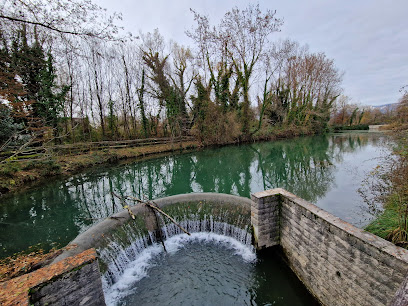
Castello Savorgnan di Artegna/Cjstiel Savorgnan di Dartigne
Explore the medieval charm and historical significance of Castello Savorgnan di Artegna in Italy's stunning Province of Udine.
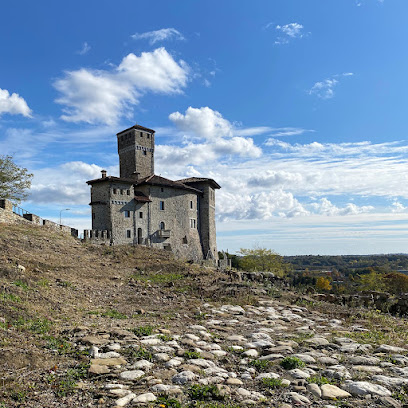
Essential places to dine
l'Osteria
Experience authentic Italian cuisine in the heart of San Daniele del Friuli at l'Osteria - where every dish tells a story.
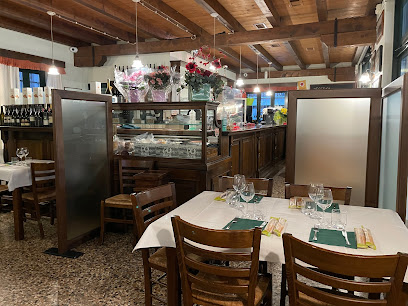
Ai Bintars
Experience authentic Italian cuisine at Ai Bintars in San Daniele del Friuli - where tradition meets taste.

Al Dolcenero
Experience authentic Italian cuisine paired with stunning views at Al Dolcenero in San Daniele del Friuli.
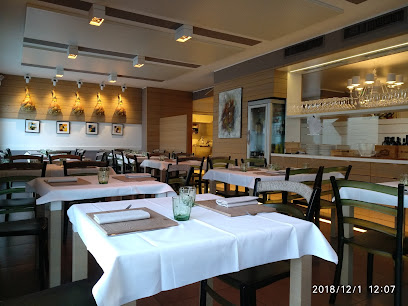
Al Monastero
Discover authentic Northern Italian cuisine at Al Monastero in Cividale del Friuli—where tradition meets taste in every dish.
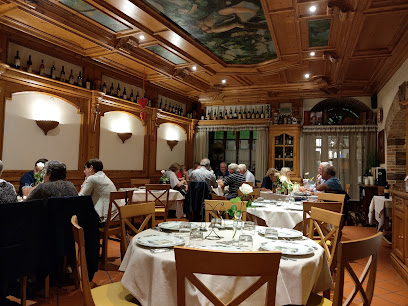
Hostaria Alla Tavernetta
Experience authentic Italian cuisine at Hostaria Alla Tavernetta in Udine - where tradition meets taste for an unforgettable dining experience.
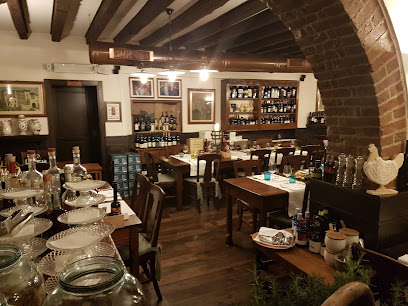
Ristorante San Michele
Experience authentic Italian cuisine at Ristorante San Michele in Fagagna—where every dish tells a story of tradition and flavor.
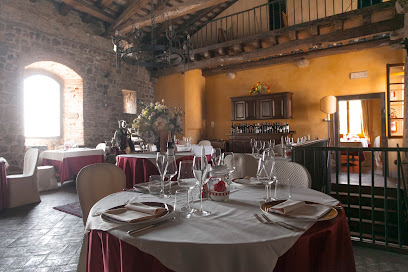
Trattoria Alla Vedova
Discover authentic Italian flavors at Trattoria Alla Vedova in Udine, where traditional recipes meet exceptional hospitality.
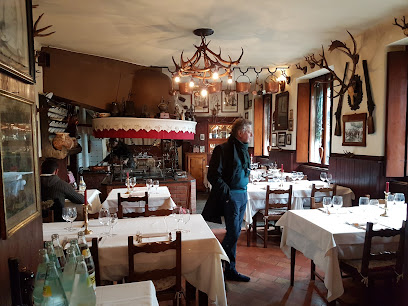
L'osteria Di Tancredi
Experience authentic Italian flavors at L'Osteria Di Tancredi in San Daniele del Friuli - where tradition meets taste.
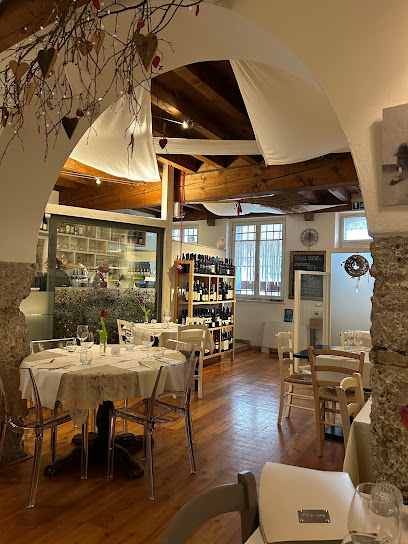
Osteria Al Portonat
Discover Osteria Al Portonat: An authentic Italian dining experience in San Daniele del Friuli with fresh local ingredients.
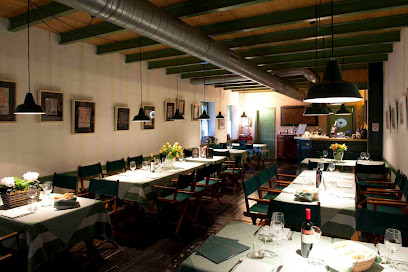
La Tavernaccia - Hosteria l'Altra Campana - Prosciutteria Ristorantino
Experience authentic Italian cuisine at La Tavernaccia in San Daniele del Friuli – home to exquisite prosciutto and delightful local flavors.
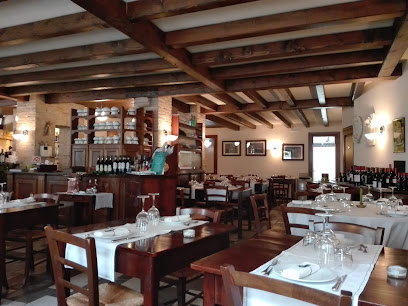
L'Argine a Vencò
Discover culinary artistry at L'Argine a Vencò, where local ingredients meet innovative cuisine in an unforgettable fine dining experience.
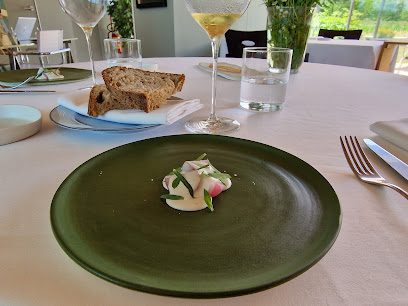
Trattoria Da Catine
Experience authentic Northern Italian cuisine at Trattoria Da Catine in San Daniele del Friuli – where tradition meets flavor.
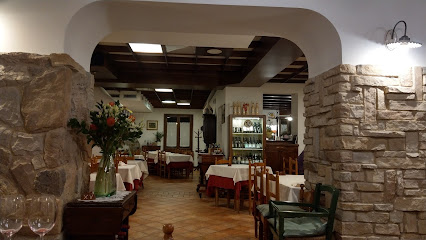
Trattoria Al Teatro
Savor authentic Italian flavors at Trattoria Al Teatro in San Daniele del Friuli - a culinary experience not to be missed!
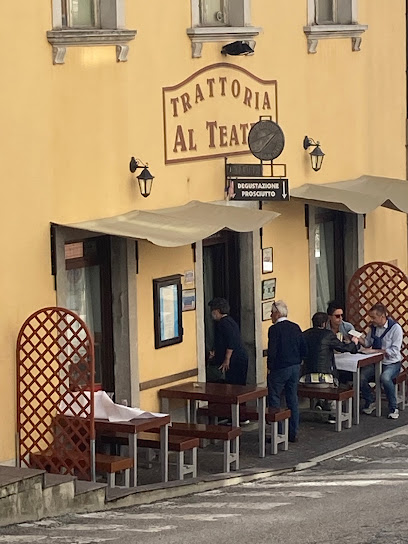
La Primula
Discover authentic Italian cuisine at La Primula in San Quirino - a must-visit for culinary enthusiasts seeking local flavors.
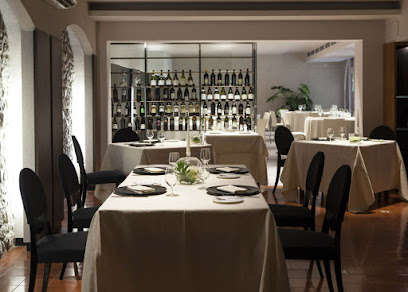
Vitello d'Oro
Discover Vitello d'Oro in Udine for exquisite Italian seafood cuisine that combines tradition with modern flair.
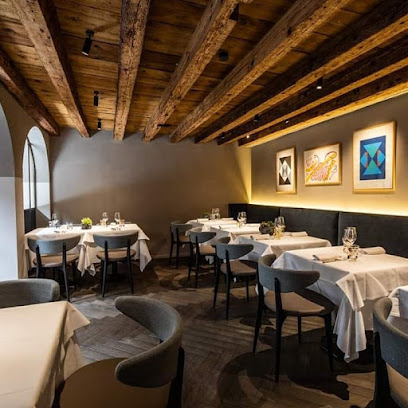
Markets, malls and hidden boutiques
Città Fiera
Discover Città Fiera: A vibrant shopping mall in Martignacco with a mix of trendy stores and delicious dining options for the perfect day out.
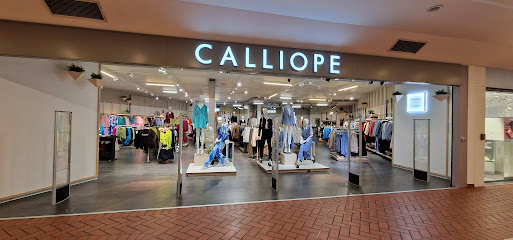
Palmanova Outlet Village
Discover unbeatable fashion deals and delicious dining at Palmanova Outlet Village, your ultimate shopping destination in Italy.
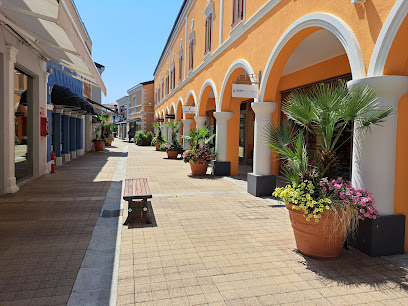
Centro Commerciale Terminal Nord
Discover Centro Commerciale Terminal Nord in Udine: A vibrant shopping mall with diverse stores and delightful dining options for every visitor.
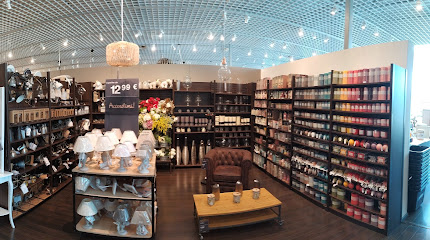
Torri D'Europa
Explore Torri D'Europa in Trieste, a vibrant shopping mall offering diverse clothing options for every age, delicious dining, and a lively atmosphere.
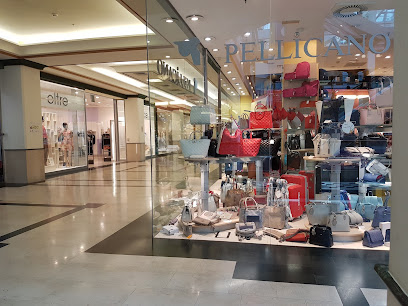
Centro Commerciale Meduna
Discover Centro Commerciale Meduna, Pordenone's vibrant shopping mall offering diverse stores, delightful eateries, and exciting entertainment for all ages.

Pittarello
Explore Pittarello, where quality footwear meets stylish designs in Reana del Rojale, Italy. A must-visit for every shoe lover!
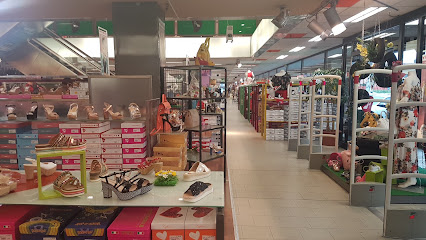
Il Giulia
Explore Il Giulia, Trieste's vibrant shopping mall, offering an array of stores, dining options, and entertainment for an unforgettable experience.
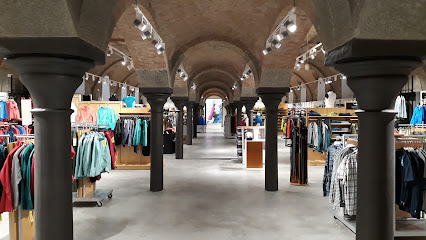
Galleria Bardelli
Discover the vibrant Galleria Bardelli in Udine, Italy, where shopping, dining, and entertainment meet in a modern and welcoming atmosphere.
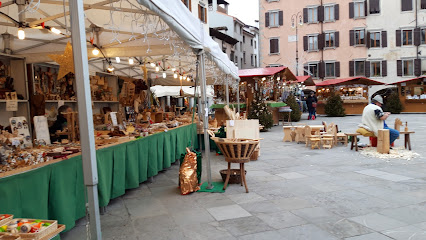
COIN EXCELSIOR
Discover the essence of Italian fashion at COIN EXCELSIOR, Trieste's premier destination for stylish clothing and beauty essentials.
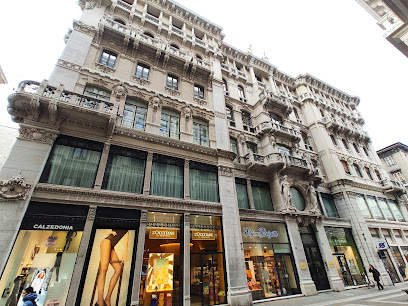
Gruppo Bravi
Experience the essence of Italian fashion at Gruppo Bravi, Gemona's premier destination for stylish clothing and exceptional quality.
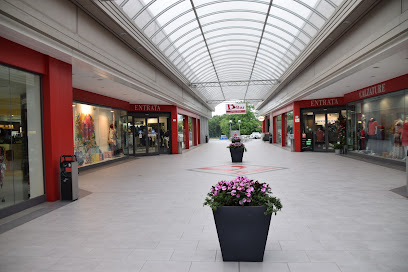
Az Shop Di Londero b & C. Snc
Discover Az Shop in Gemona: A Premier Destination for Pet and Fishing Supplies, Embrace Local Life with Quality Products.
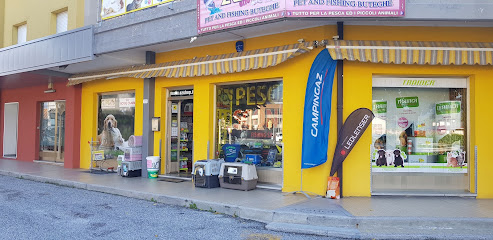
Galleria Herry Bertoia
Explore contemporary art and the unique creations of Herry Bertoia at Galleria Herry Bertoia in Pordenone – a true gem of cultural heritage.

TEDi
Explore TEDi in Gemona del Friuli for an affordable shopping experience with a wide variety of unique products to discover.
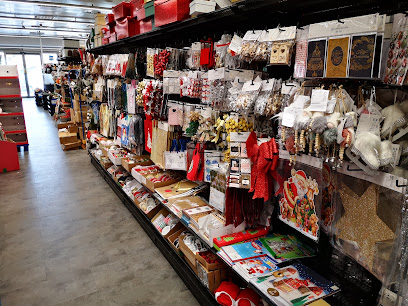
Lepore Commerciale Srl
Discover exceptional vehicle options and service at Lepore Commerciale Srl, your trusted car dealer in Gemona del Friuli, Italy.
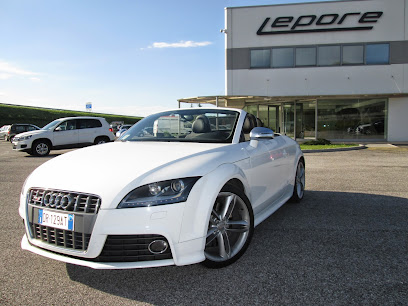
Cumini Casa
Explore Cumini Casa in Gemona del Friuli for exquisite furniture, lighting, and decor that elevate your living spaces with Italian elegance.
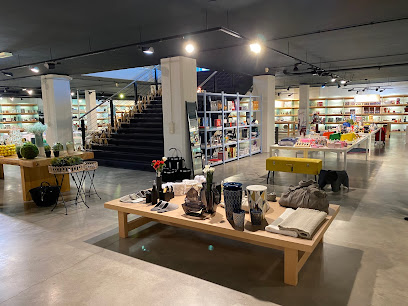
Essential bars & hidden hideouts
Bar Al Fungo
Discover the authentic flavors of Italy at Bar Al Fungo, a welcoming bar in the heart of Gemona del Friuli, perfect for relaxation and local delicacies.
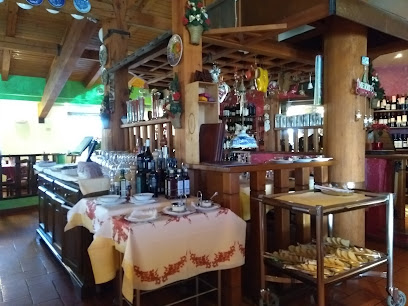
Gran Caffè Friuli
Discover the authentic flavors of Italy at Gran Caffè Friuli, where exquisite coffee and local wines create a perfect blend of culture and taste.
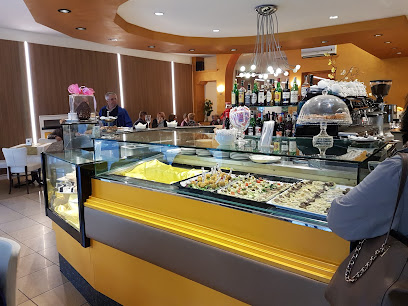
La Trappola
Discover La Trappola, San Daniele del Friuli's premier wine bar, offering an exquisite selection of local wines and authentic Italian cuisine.
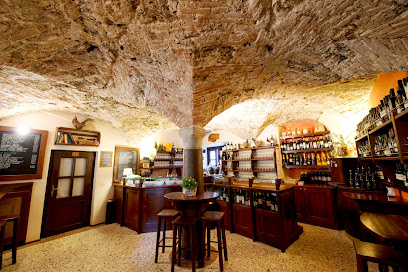
Enoteca Osteria Ai Barnabiti
Explore the authentic flavors of Friulian cuisine at Enoteca Osteria Ai Barnabiti – a perfect blend of local dishes and exquisite wines in Udine.
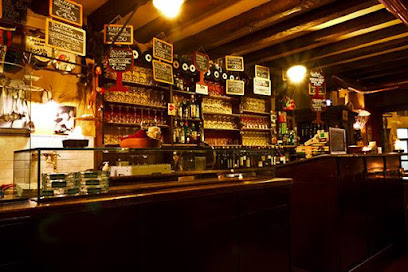
BB Bar
Experience the vibrant nightlife at BB Bar in Gemona del Friuli, where craft beers and signature cocktails meet lively Italian hospitality.

Birago Bar
Discover the essence of Italian bar culture at Birago Bar in Udine, where exceptional drinks and local flavors come together in a cozy atmosphere.
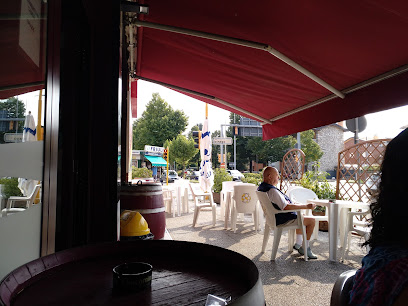
BarLume Udine
Discover the vibrant nightlife at BarLume Udine, where every cocktail tells a story in a chic and inviting atmosphere.

Bar and Tobacco Missana Lucio
Experience the local charm and vibrant atmosphere at Bar and Tobacco Missana Lucio, where great drinks and live music meet!
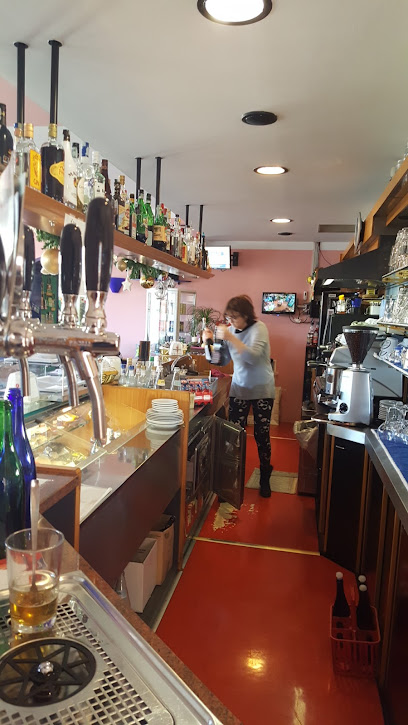
Liberty 1894
Discover Liberty 1894, Udine's vibrant cocktail bar renowned for its live music, inclusive atmosphere, and creative cocktails that promise unforgettable nights.
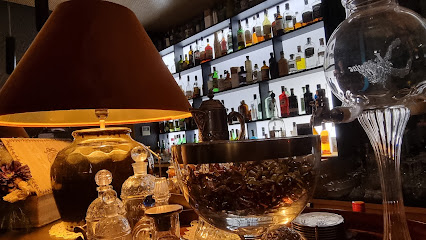
Bar Alla Fortuna
Discover the taste of Italy at Bar Alla Fortuna, a charming bar in San Daniele del Friuli offering local drinks and snacks.
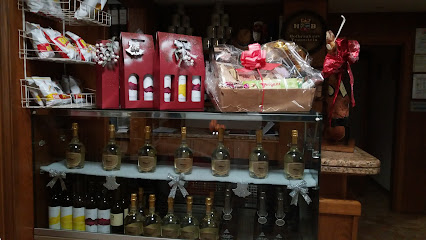
Bar giangio
Discover the charm of Bar Giangio, a cozy wine bar and restaurant in Udine offering an exquisite selection of wines and delicious Italian cuisine.
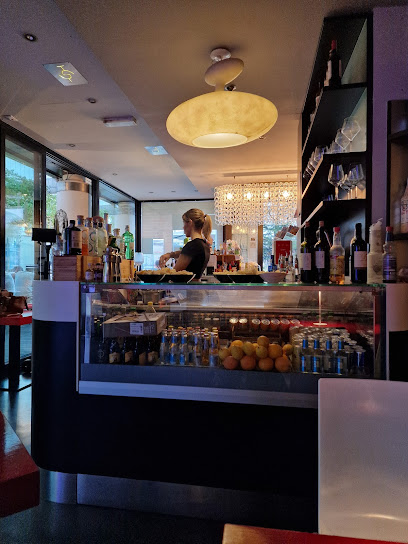
Urban's Bar
Discover the charm of Urban's Bar in Gemona, where delightful drinks and warm Italian hospitality await in a vibrant atmosphere.
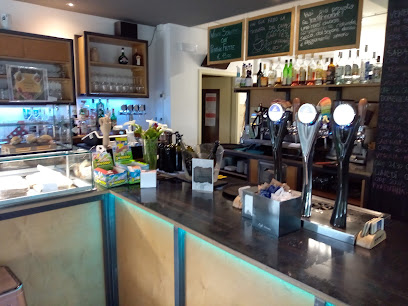
Bar Zanzibar
Discover Bar Zanzibar in Buja, a charming bar and café offering an inviting atmosphere and delightful beverages, perfect for tourists seeking local culture.
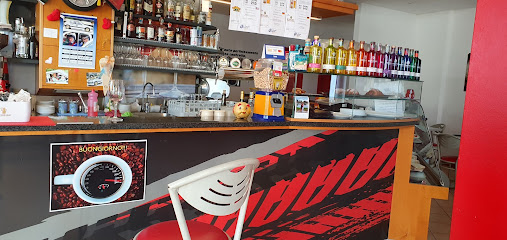
Al Vecjo Batiram Dei F.Lli Masini S.N.C.
Experience the vibrant atmosphere and local flavors at Al Vecjo Batiram in the heart of San Daniele del Friuli.
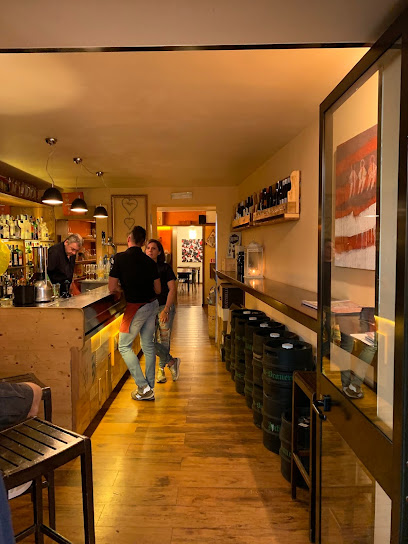
Nice Day S.N.C. DI Pusiol Sara
Experience the heart of Gemona at Nice Day S.N.C. DI Pusiol Sara, where delicious drinks and a cozy atmosphere await you.
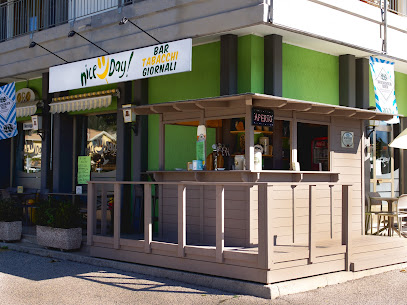
Local Phrases about Friuli-Venezia Giulia
-
- HelloCiao
[chow] - GoodbyeArrivederci
[ah-ree-veh-dehr-chee] - YesSì
[see] - NoNo
[noh] - Please/You're welcomePer favore
[pehr fah-voh-reh] - Thank youGrazie
[grah-tsyeh] - Excuse me/SorryMi scusi
[mee skoo-zee] - How are you?Come stai?
[koh-meh stah-ee] - Fine. And you?Bene. E tu?
[beh-neh. eh too?] - Do you speak English?Parli inglese?
[pahr-lee een-gleh-zeh] - I don't understandNon capisco
[nohn kah-pee-skoh]
- HelloCiao
-
- I'd like to see the menu, pleaseVorrei vedere il menu, per favore
[vohr-reh-ee veh-deh-reh eel meh-noo, pehr fah-voh-reh] - I don't eat meatNon mangio carne
[nohn mahn-joh kahr-neh] - Cheers!Salute!
[sah-loo-teh] - I would like to pay, pleaseVorrei pagare, per favore
[vohr-reh-ee pah-gah-reh, pehr fah-voh-reh]
- I'd like to see the menu, pleaseVorrei vedere il menu, per favore
-
- Help!Aiuto!
[ah-yoo-toh] - Go away!Vai via!
[vah-ee vyah] - Call the Police!Chiama la polizia!
[kyah-mah lah poh-lee-tsya] - Call a doctor!Chiama un medico!
[kyah-mah oon meh-dee-koh] - I'm lostMi sono perso
[mee soh-noh pehr-soh] - I'm illMi sento male
[mee sehn-toh mah-leh]
- Help!Aiuto!
-
- I'd like to buy...Vorrei comprare...
[vohr-reh-ee kohm-prah-reh] - I'm just lookingSto solo guardando
[stoh soh-loh gwahr-dahn-doh] - How much is it?Quanto costa?
[kwahn-toh koh-stah] - That's too expensiveÈ troppo caro
[eh troh-poh kah-roh] - Can you lower the price?Puoi abbassare il prezzo?
[pwah-ee ahb-bahs-sah-reh eel preh-tsoh]
- I'd like to buy...Vorrei comprare...
-
- What time is it?Che ora è?
[keh oh-rah eh] - It's one o'clockÈ l'una
[eh loo-nah] - Half past (10)Mezza (dieci) passato
[meh-tzah (dyeh-chee) pahs-sah-toh] - MorningMattina
[mah-ttee-nah] - AfternoonPomeriggio
[poh-meh-ree-djoh] - EveningSera
[seh-rah] - YesterdayIeri
[yeh-ree] - TodayOggi
[oh-djee] - TomorrowDomani
[doh-mah-nee] - 1Uno
[oo-noh] - 2Due
[dweh] - 3Tre
[treh] - 4Quattro
[kwah-ttroh] - 5Cinque
[cheen-kweh] - 6Sei
[seh-ee] - 7Sette
[seht-teh] - 8Otto
[oht-toh] - 9Nove
[noh-veh] - 10Dieci
[dyeh-chee]
- What time is it?Che ora è?
-
- Where's a/the...?Dov'è un/il...?
[doh-veh oon/eel] - What's the address?Qual è l'indirizzo?
[kwahl eh leen-dee-ree-tsoh] - Can you show me (on the map)?Puoi mostrarmi (sulla mappa)?
[pwah-ee mohs-trahr-mee (sool-lah mahp-pah)] - When's the next (bus)?Quando è il prossimo (autobus)?
[kwahn-doh eh eel prohs-shee-moh (ow-toh-boos)] - A ticket (to ....)Un biglietto (per ....)
[oon beel-lyeh-toh (pehr)]
- Where's a/the...?Dov'è un/il...?
History of Friuli-Venezia Giulia
-
Friuli-Venezia Giulia was an important region during the time of the Roman Empire. The city of Aquileia, founded in 181 BC, became one of the largest cities of the Roman Empire and an important hub for commerce and military operations. The archaeological remains of Aquileia, including its forum, basilica, and mosaics, offer a glimpse into the region's ancient past.
-
After the fall of the Roman Empire, the region was dominated by various Germanic tribes, including the Lombards in the 6th century. The Lombards established the Duchy of Friuli, which became a significant political entity in the region. The city of Cividale del Friuli, known as Forum Iulii during Roman times, was a major Lombard center and houses the Lombard Temple, a UNESCO World Heritage site.
-
By the late Middle Ages, much of Friuli came under the control of the Republic of Venice. The Venetians fortified the region against invasions and developed its economy, leaving behind a rich architectural legacy. The city of Udine became the capital of Venetian Friuli and flourished as a cultural and economic center. The Venetian influence is evident in the region's art, architecture, and customs.
-
Following the Napoleonic Wars, the region was annexed to the Austrian Empire. The Habsburgs ruled Friuli-Venezia Giulia from 1815 until the end of World War I. This period saw significant infrastructural development, including railways and ports, particularly in Trieste, which became a major commercial hub under Austrian rule. The Habsburg legacy is still visible in the region's architecture and urban planning.
-
Friuli-Venezia Giulia was a major battleground during World War I, particularly along the Isonzo River. The region witnessed twelve battles between the Italian and Austro-Hungarian armies, known collectively as the Battles of the Isonzo. The conflict left a lasting impact on the landscape and local communities. Museums and memorials, such as the Sacrario di Redipuglia, commemorate the soldiers who fought and died in this brutal campaign.
-
After World War II, Friuli-Venezia Giulia became part of Italy but was a contested area due to its strategic location and diverse population. In 1963, the region was granted special autonomous status, recognizing its unique cultural and historical heritage. This autonomy has allowed Friuli-Venezia Giulia to preserve its distinct identity while fostering economic development and cultural preservation.
-
Friuli-Venezia Giulia is a melting pot of cultures, languages, and traditions. The region is home to three official languages: Italian, Friulian, and Slovene. Each of these languages reflects the area's diverse history and cultural influences. Folk traditions, festivals, and culinary practices are deeply rooted in the local communities and offer a rich cultural experience for visitors.
Friuli-Venezia Giulia Essentials
-
Friuli-Venezia Giulia is well-connected by air, rail, and road. The region's main airport is Trieste – Friuli Venezia Giulia Airport (TRS), located near Trieste. There are also convenient train connections from major Italian cities like Venice, Milan, and Rome to cities such as Trieste and Udine. For those traveling by car, the A4 and A23 motorways provide easy access to the region.
-
Public transport in Friuli-Venezia Giulia is efficient and reliable. Regional trains and buses connect major cities and towns. Trieste and Udine have extensive local bus networks. Taxis are available but can be expensive. Renting a car is a good option for exploring rural areas and smaller villages at your own pace. Bicycles can also be rented in many towns for a more eco-friendly mode of transport.
-
The official currency is the Euro (EUR). Credit and debit cards are widely accepted in hotels, restaurants, and shops. ATMs are readily available in cities and towns. It's advisable to carry some cash, especially when visiting smaller villages and rural areas where card payments might not be accepted.
-
Friuli-Venezia Giulia is generally a safe region for tourists. Standard safety precautions should be taken, such as avoiding poorly lit areas at night and keeping personal belongings secure in crowded places. There are no specific high-crime areas targeting tourists, but staying vigilant is always recommended.
-
In case of an emergency, dial 112, the general emergency number in Italy. Trieste and Udine have well-equipped hospitals and medical facilities. Pharmacies are widely available for minor health issues. It's advisable to have travel insurance that covers medical emergencies and other unforeseen situations.
-
Fashion: Do dress stylishly but comfortably, as Italians appreciate good fashion sense. Avoid overly casual attire in cities. Religion: Do show respect when visiting churches and religious sites; cover your shoulders and knees. Public Transport: Do validate your ticket before boarding trains and buses. Don't talk loudly on public transport. Greetings: Do greet people with a 'Buongiorno' (Good morning) or 'Buonasera' (Good evening). A handshake is common when meeting someone for the first time. Eating & Drinking: Do try local dishes and wines. Don't rush through meals; dining is an important social activity.
-
To experience Friuli-Venezia Giulia like a local, visit the traditional osterias and trattorias, where you can enjoy local cuisine and wines. Participate in local festivals and markets to immerse yourself in the culture. Explore the region's natural beauty by hiking in the Dolomites or enjoying the coastal views along the Adriatic Sea. Engaging with locals can provide deeper insights into the region's rich history and traditions.
Trending Landmarks in Friuli-Venezia Giulia
-
Miramare Castle
-
Stadio Friuli
-
Grotta Gigante
-
Udine Castle
-
Basilica di Santa Maria Assunta
-
Duino Castle / Devinski Grad
-
Castello di San Giusto
-
Source of the Gorgazzo
-
Gorizia Castle
-
Val Rosandra Nature Reserve
-
Sanctuary of Monte Lussari
-
Parco Naturale Dolomiti Friulane
-
Military Memorial Redipuglia
-
Canal Novo Valley Nature Reserve
-
Forte di Osoppo/Fuart di Osôf
Nearby Cities to Friuli-Venezia Giulia
-
Things To Do in Kranjska Gora
-
Things To Do in Bohinj
-
Things To Do in Bled
-
Things To Do in Trieste
-
Things To Do in Sežana
-
Things To Do in Piran
-
Things To Do in Portorož
-
Things To Do in Izola
-
Things To Do in Koper
-
Things To Do in Škofja Loka
-
Things To Do in Bad Gastein
-
Things To Do in Postojna
-
Things To Do in Klagenfurt
-
Things To Do in Venice
-
Things To Do in Ljubljana

